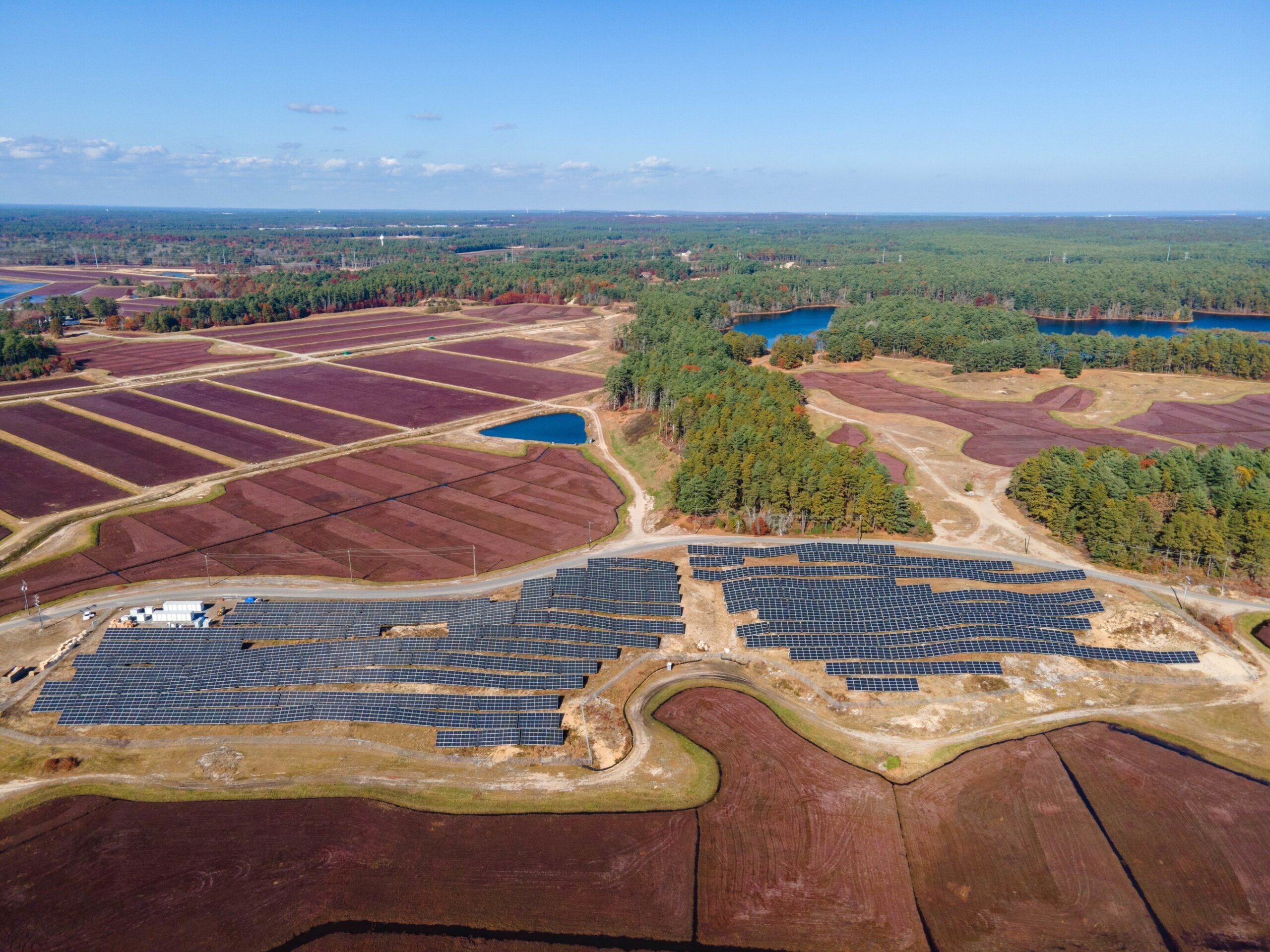
Experts said that the sandy soil and the terrain in the areas that were hit made them susceptible to floods and landslides.
Joseph Tuyishimire, a researcher in geography at the University of Rwanda, said that the Western and Northern Provinces used to be natural forests, but had been converted into agricultural and settlement areas, increasing the risk of flooding.
“If nothing is done to resolve this issue or relocate people from these areas,” said Mr. Tuyishimire, “we should expect consistent lethal floods.”
Across East Africa in recent years, many areas, including in Uganda, Kenya and Somalia, have been experiencing both severe droughts and heavy rainfalls that kill many and damage properties and crops. In 2020, floods killed hundreds of people in the region.
On Wednesday, the Red Cross in Uganda said that landslides had killed six people there, as well.
Last year, a study found that human-caused climate change made heavy rains that lead to deadly floods in West Africa 80 times more likely. The scientists, part of the World Weather Attribution group, also found that the heavy rains that caused catastrophic flooding in South Africa last year had been made twice as likely by climate change.
Mouhamadou Bamba Sylla, a Rwandan climate change scientist at the African Institute for Mathematical Sciences and an author with the United Nations Intergovernmental Panel on Climate Change, said that he could not say with certainty that Tuesday’s rainfalls were associated with climate change. But in general, he noted, climate change has increased the frequency and intensity of extreme rainfalls.
The Rwandan government has promised to provide assistance to those in need, and relief efforts have already included helping bury victims and providing supplies to those whose homes were destroyed, Marie Solange Kayisire, a minister for emergencies, told reporters.







